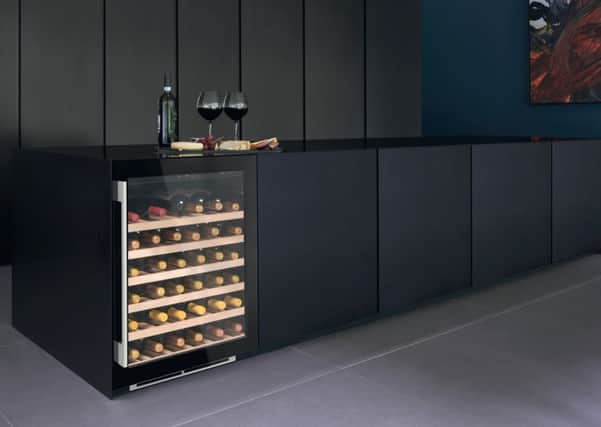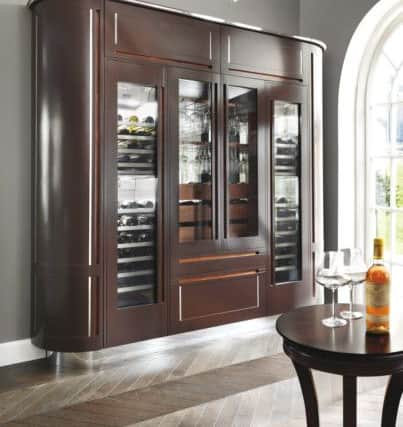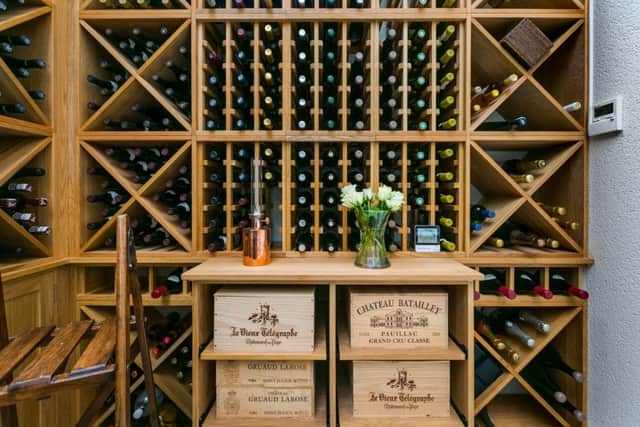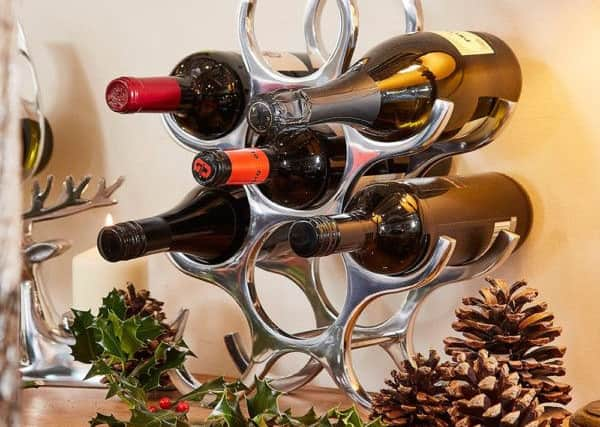Making room for wine


It’s not surprising given the amount of vino we now consume. According to the Wine and Spirit Trade Association, it is now the favoured alcoholic drink for 60 per cent of UK adults. Interest in wine courses has also grown as we long to impress the sommelier with authoritative swirling and tasting, while clearly knowing the difference between cabernet and pinot.
Add to that the investment potential - the value of fine wines has risen by 20 per cent over the past year - and there’s every reason to have the right kind of storage for your bottles.
Advertisement
Hide AdAdvertisement
Hide AdRichard Moss of Mark Wilkinson Furniture, which has a showroom in Harrogate and makes bespoke cabinetry, says that wine rooms are especially popular.


“Many homeowners want their fine wines to be on show rather than hidden away so quite often the wine room is just off the kitchen or between kitchen and dining room,” he says.
While some are functional with traditional racking and storage, others are more glamorous and look more like drawing rooms. Unlike cellars, which are naturally cool, they require refrigerated units to keep bottles at the correct temperature.
Wine cabinets, as opposed to coolers, are built to mimic conditions in a cellar and the temperature stays at a constant 12 degrees. Liebherr and Caple are among the best manufacturers with cabinets starting at just over £500. These can also be fitted in a kitchen.
Advertisement
Hide AdAdvertisement
Hide AdFor those who don’t have the space or the number of bottles needed to fill a room or even a cabinet, the humble wine rack will suffice.


Thanks to the size of the market, designers have been putting more thought into these. I like the stag’s head wine rack, £115, from At Home in the Country, pictured right, and Alessi’s Noe wine bottle holder, £49.50.
For novices, here are some tips on storing wine from Wine Ware, www.wineware.co.uk
*The temperature of wine is fundamental to ensuring maximum enjoyment of its flavours and aromas. Fluctuations in temperature can be extremely damaging to it. Wine cabinets are designed to keep the temperature constant.
Advertisement
Hide AdAdvertisement
Hide Ad*Light, especially sunlight, can cause damage to wine, as can vibration, which speeds up chemical reactions that can spoil wine.


*Side is best. It is advised that keeping bottles on their side ensures corks stay moist and swollen which avoids any air getting into the wine. Some experts believe it is also best to store screw-top bottles on their side.
*Most white wines hold well for one to two days once open, whereas red wines will last for up to three or possibly four days if recorked or sealed with a silicone bottle stopper.
Sparkling wine is an exception but you can buy a special sparkling wine bottle stopper, which will help retain “fizz” for up to three days.
Light coloured red wines, such as Zinfandel, Grenache, Beaujolais and most rosés lose their flavour and aromas quickly once opened.